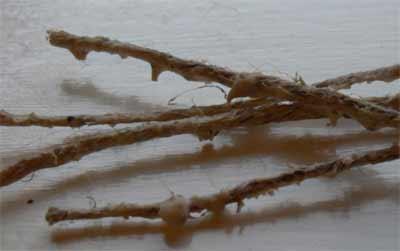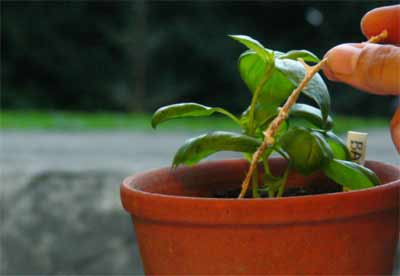Give bees a chance
- Complaining about the Mainland - 17th August, 2024
- New island designation – is it just greenwash? - 26th April, 2024
- Police and Crime Commissioners – a solution or a problem? - 21st April, 2024
The Ranger’s friends at Gift to Nature have come up with a great idea to promote bee-friendly gardening, and raise some funds for their worthy project to support the Isle of Wight’s nature. They’ve given us here at Naturenet a couple of samples of their new beewicks; intriguing-looking things which they cleverly made themselves:

So, what are these, and how do they save bees? Read on to find out. Gift to Nature is an Island based project run by the Island 2000 Trust, using donations from individuals and businesses to improve the natural environment, looking after some of the Island’s best habitats and wildlife and making them accessible for everyone. A very worthy cause, I’d say. Typical of their approach is this promotion – both making the point about bees whilst actually helping everyone to do something about it.

Each beewick is a bit of hairy string some 10cm long, impregnated with seeds for nectar-producing flowers (red clover and bird’s foot trefoil). These aren’t ideal for planting in a native grassland, but will be perfect to stick into the garden. The plants will provide nectar sources for both bumblebees and honeybees (not to mention lots of other nectar-loving insects such as moths, butterflies and flies), and the string will rot away quietly. Simple, and effective.

My garden’s pretty puny – see image – so I’ll be popping my beewicks into the communal lawn later in the season. You just need to plant the beewick horizontally just under the surface of the soil. A good time to sow them would be in the autumn or spring, so I’ll keep mine safe for now. So, how do you get hold of beewicks? It’s simple: and when you do, you’ll be helping wildlife – including bees. Just pop over the the Gift to Nature Online Shop (and no, we’re not on commission, this is for the bees!) and buy an instruction card and a beewick of your very own. Let us know how you get on with your beewicks – I’ll report back on mine next spring.

